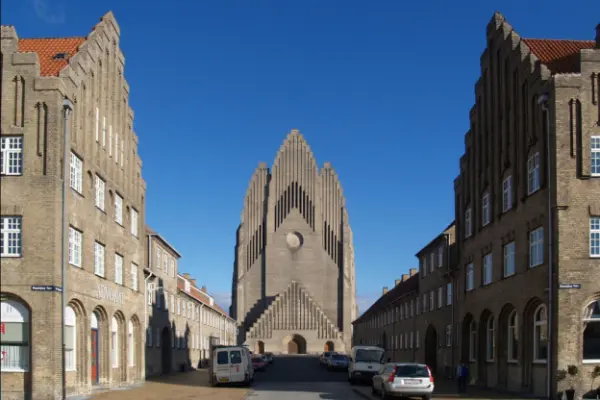Historical Background and Formation of the Style
The early 20th century marked radical transformations in Europe’s artistic culture. Various creative movements of the time were united by a common trend—departure from the traditional realism characteristic of previous eras. During this period of social restructuring and the end of the classical capitalist era, a new art movement emerged: Expressionism.
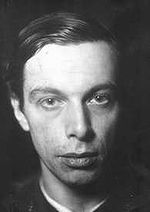
"Expressionism is not just a style—it is a manifesto of a new era, reflecting profound changes in society and the consciousness of creators in the early 20th century," – Wilhelm Worringer, German art historian.
The term "Expressionism," meaning "expression," first appeared in 1911 in the pages of the magazine *Der Sturm*, thanks to philosopher Worringer. This artistic movement gained official recognition following the publication of the *Blue Rider* exhibition catalog in 1912. The Expressionist style found particularly fertile ground in German-speaking countries.

Technological Innovations and New Opportunities
Revolutionary changes in architectural creativity at the start of the 20th century were driven not only by historical processes but also by significant technological progress. The introduction of innovative building materials opened unprecedented possibilities for architects to realize their boldest creative visions.
| Material/Technology | Impact on Architecture | Examples of Application |
|---|---|---|
| Reinforced Concrete | Creation of complex curvilinear forms | Einstein Observatory |
| Steel Frameworks | Increased spans and building heights | Universum Cinema |
| Ribbon Glazing | New lighting possibilities | Luckenwalde Factory |
These technological advancements enabled Expressionist architects to create structures distinguished by unparalleled plasticity and expressiveness of form. Modern building materials continue this tradition of innovation, opening new possibilities for architectural creativity.
Characteristics of Expressionist Architecture
Architectural works of the Expressionist movement are characterized by exceptional emotional intensity in their compositions. Architects achieved this effect through the use of:
- Dynamic, sharp forms creating a dramatic effect
- A sculptural approach to shaping volumes
- Biomorphic elements resembling natural structures
- Contrasting combinations of materials and textures
These artistic techniques laid the foundation for the development of modern bionic architecture. The principles of integrating natural forms in Expressionism foreshadowed the emergence of ecological construction, where harmony with the environment became a key design factor.
"Expressionist architecture is an attempt to create emotionally charged spaces through the deformation of traditional forms and the use of new materials," – Kenneth Frampton, British architectural critic.
Iconic Structures of the Era
The Einstein Observatory, designed by Erich Mendelsohn, became a manifesto of architectural Expressionism. Its monolithic reinforced concrete forms give the building the character of a grand sculpture.
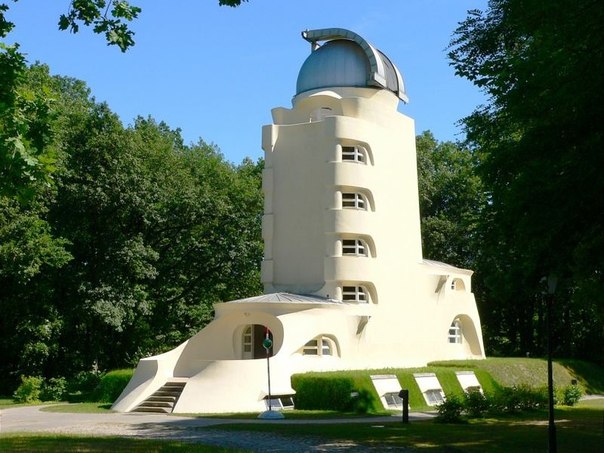
Another outstanding example is Rudolf Steiner’s *Goetheanum*—a building-sculpture that embodied anthroposophical ideas in architectural forms.
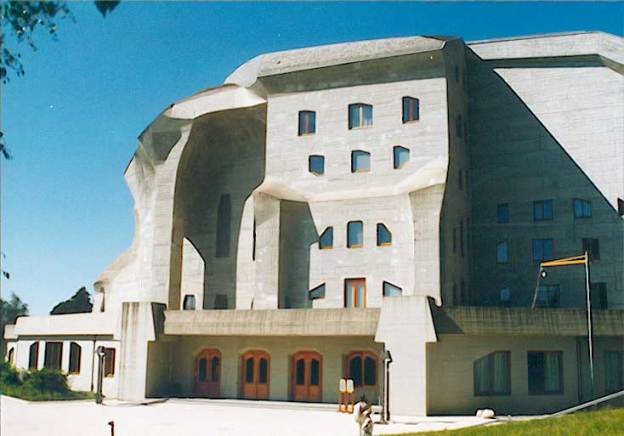
The *Universum* Cinema, designed by Mendelsohn, showcases a virtuosic play with volumes and contrasts. The structure consists of two horseshoe-shaped volumes supported by pillar-like bases.
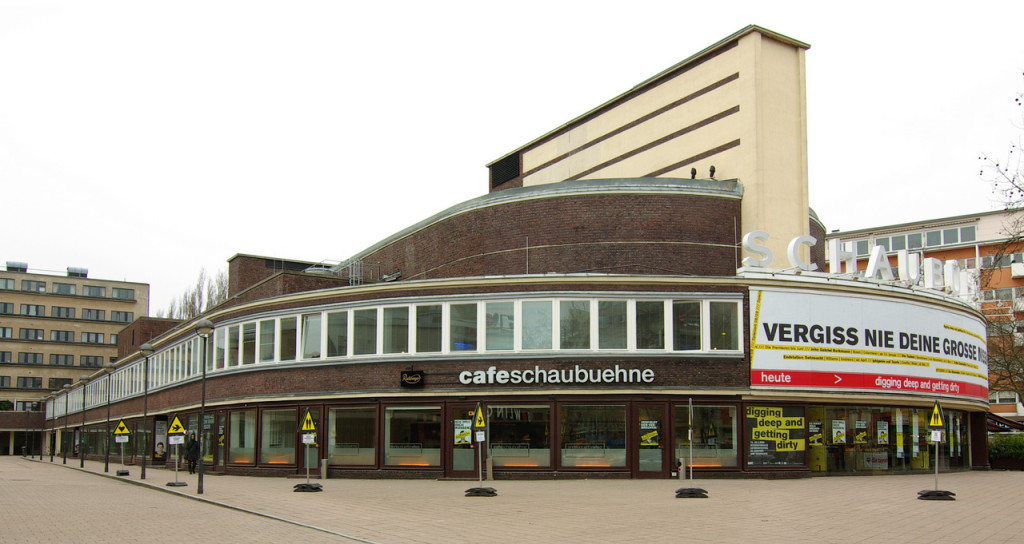
Legacy and Influence
Although the Expressionist movement in European architecture was short-lived, its influence can be traced in contemporary architecture. In the 1920s, architects began to prioritize spatial rationalization, but the principles of Expressionism found renewed development in the post-war period.
